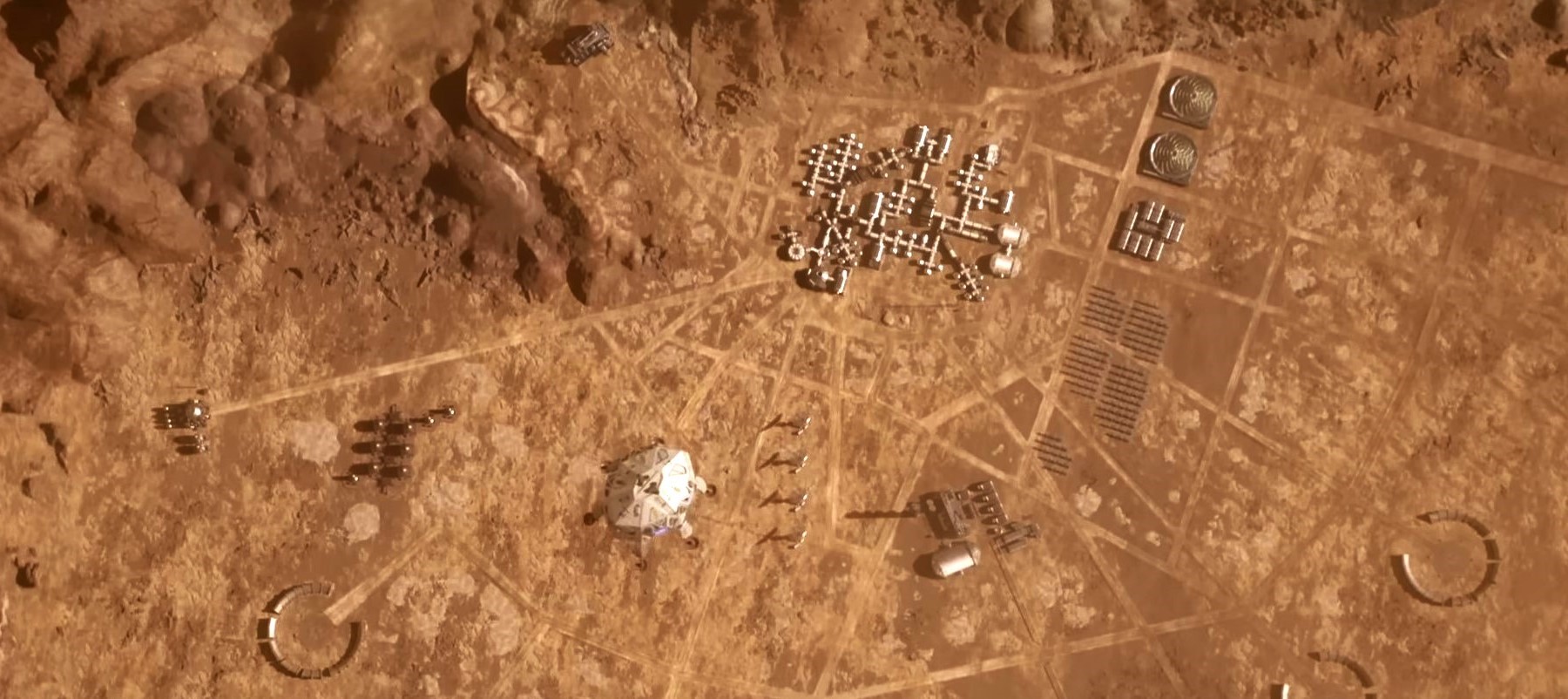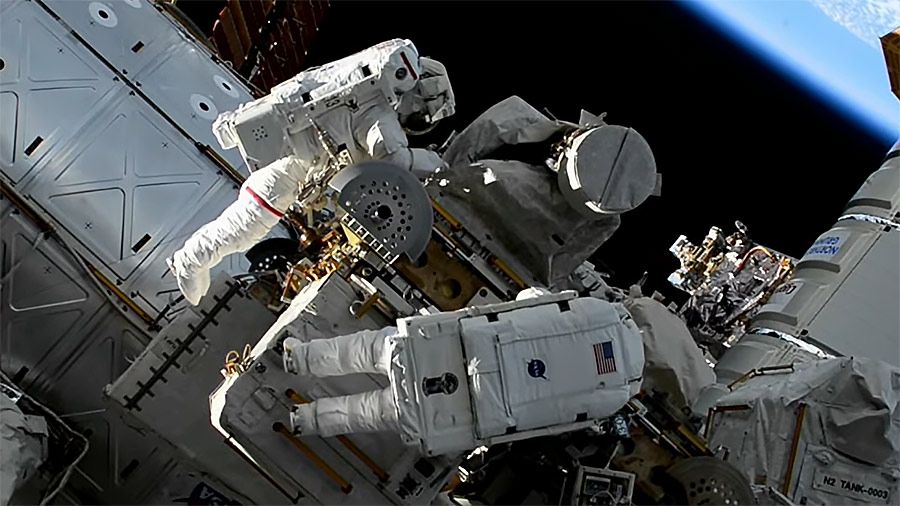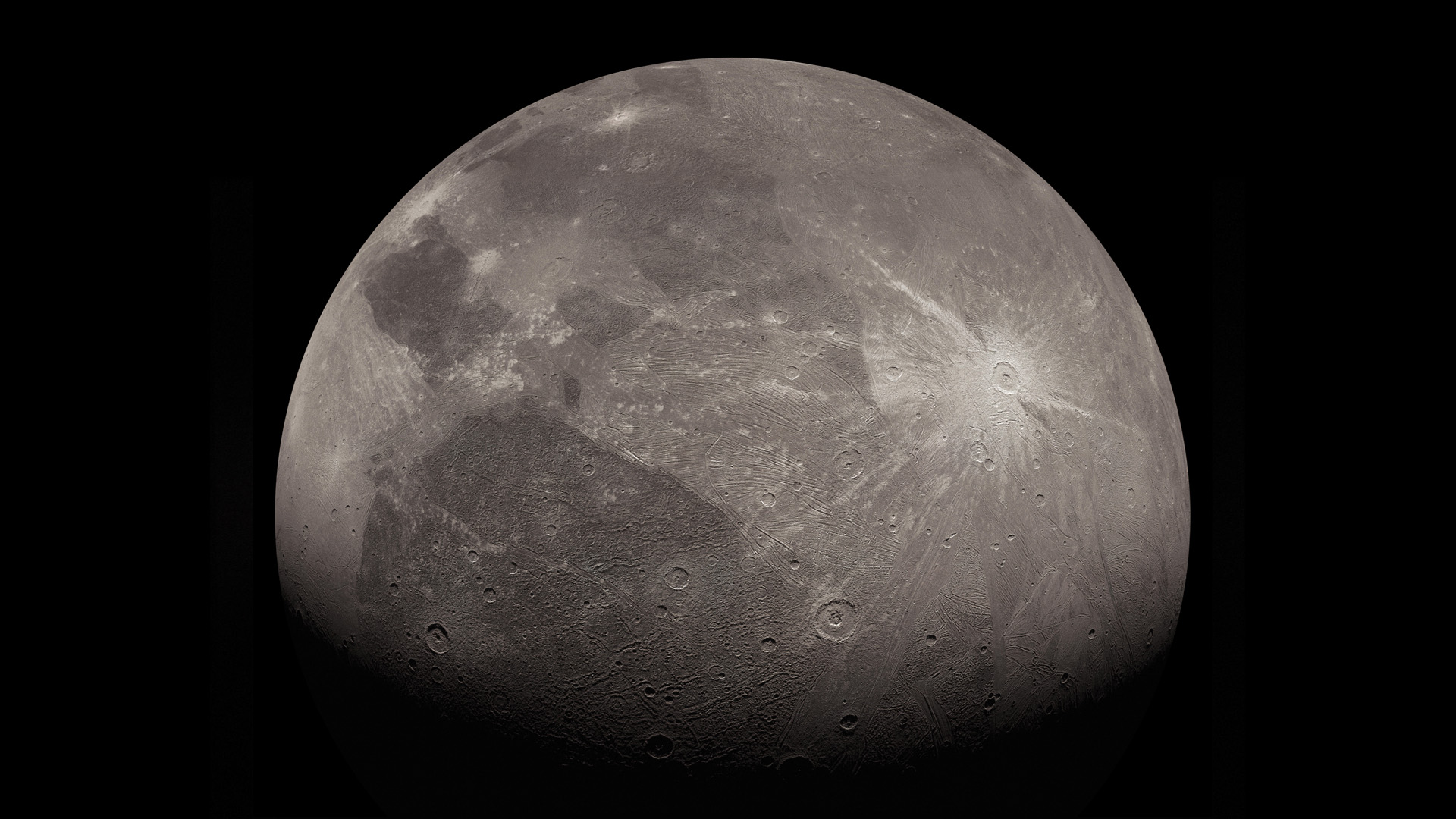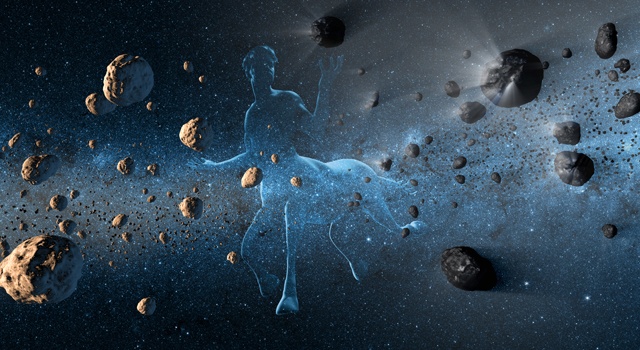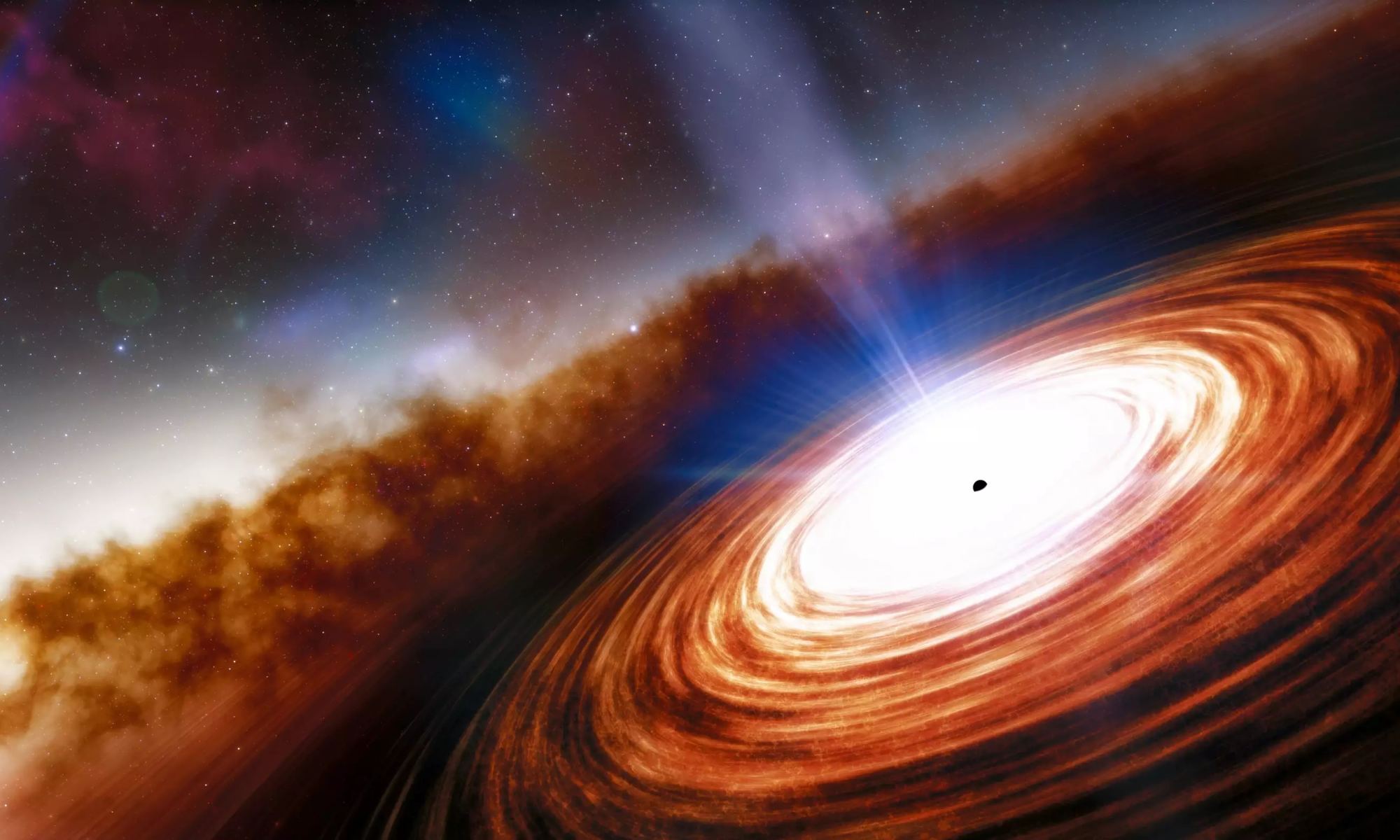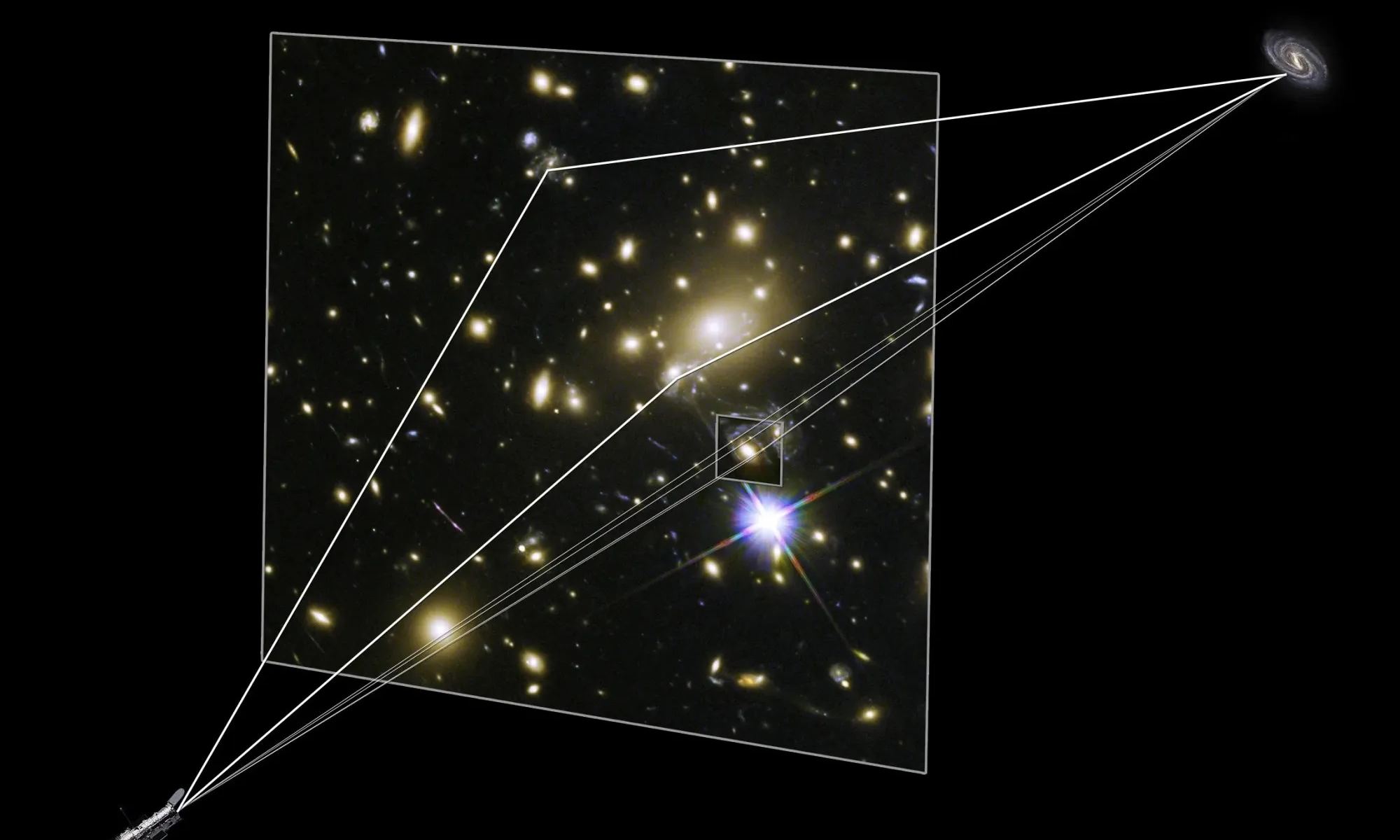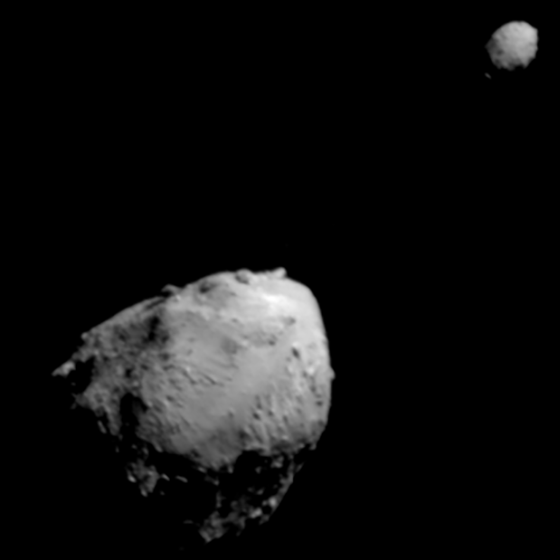Elon Musk and Jeff Bezos may harbor multibillion-dollar dreams of sending millions of people to live on Mars, on the moon and inside free-flying space habitats — but a newly published book provides a prudent piece of advice: Don’t go too boldly.
It’s advice that Kelly and Zach Weinersmith didn’t expect they’d be giving when they began to work on their book, titled “A City on Mars.” They thought they’d be writing a guide to the golden age of space settlement that Musk and Bezos were promising.
“We ended up doing a ton of research on space settlements from just every angle you can imagine,” Zach Weinersmith says in the latest episode of the Fiction Science podcast. “This was a four-year research project. And about two and a half years in, we went from being fairly optimistic about it as a desirable, near-term likely possibility [to] probably unlikely in the near term, and possibly undesirable in the near term. So it was quite a change. Slightly traumatic, I would say.”

